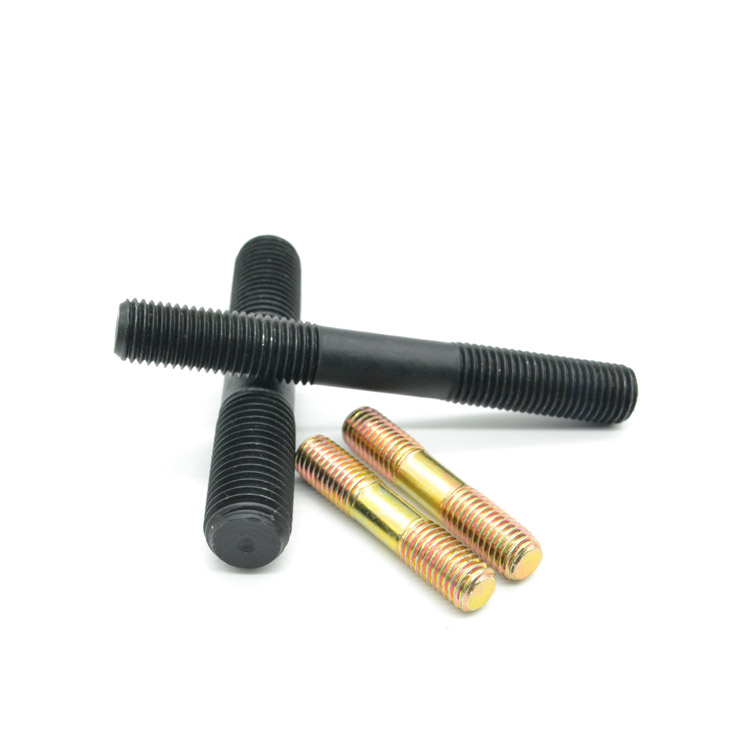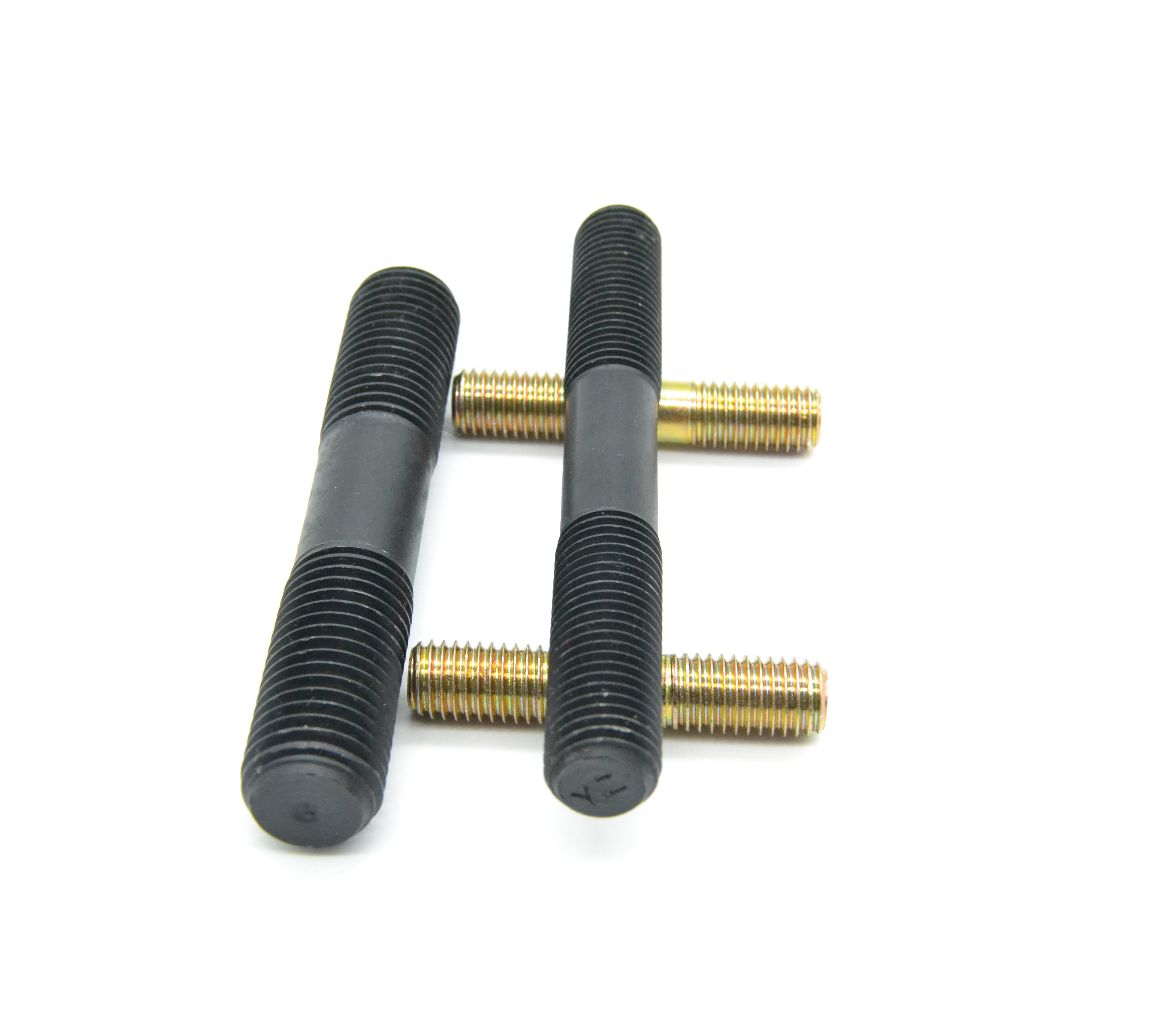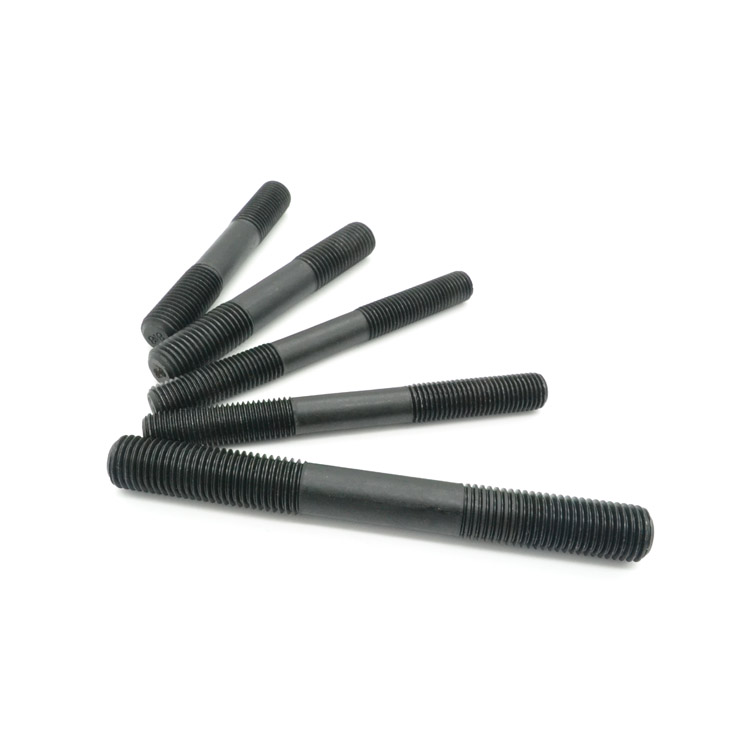Wire Bolts Suppliers | Factory Direct, Custom, Durable
Oct . 17, 2025 08:35 Back to list
Wire Bolts Suppliers | Factory Direct, Custom, Durable
How to Choose wire bolts suppliers for Serious Projects
If you’ve ever stood on a jobsite at 2 a.m. waiting for critical studs to arrive, you know: the supplier matters as much as the spec. Over the last decade I’ve toured plants from Ningbo to Hebei and, to be honest, the best wire bolts suppliers win on process discipline and traceability, not just price. Take double end stud bolts, for example—threaded on both ends, with an unthreaded shank in between—small parts that carry big loads.

What’s moving the market
Three trends keep coming up in interviews and RFQs: (1) documented material pedigree (EN 10204 3.1/3.2), (2) corrosion performance proven by real test data (salt spray, coating thickness), and (3) shorter lead times without cutting corners. Surprisingly, more buyers ask for rolled threads over cut threads now—better fatigue life, they say, and they’re right in most real-world cases.

Product snapshot: Double End Stud Bolts
Origin: Southwest of Road Taibai, Yongnian District, Handan City, Hebei Province, China. In fact, Yongnian is practically the fastener capital—walk a block and you’ll hear threading machines humming.
| Parameter | Spec (≈ real-world) |
|---|---|
| Materials | Alloy steel 35CrMo/42CrMo (AISI 4135/4140), Carbon steel 8.8/10.9, Stainless A2-70/A4-80 (304/316) |
| Diameter | M6–M48 (¼"–2") |
| Length | 40–2000 mm, custom on request |
| Threads | Metric (M/6g), UNC/UNF; rolled preferred for fatigue |
| Grades/Strength | ASTM A193 B7 (TS ≈ 1040 MPa), Class 8.8/10.9, ISO 3506 A2/A4 (non-magnetic variants vary) |
| Coatings | Black oxide, Zinc, HDG, Dacromet, Geomet; thickness around 8–80 μm depending on type |
Process flow that actually matters
Bars in, certs checked (heat number traced). Cutting → Chamfering → Thread rolling or cutting → Heat treatment (quench & temper for B7) → Straightness check → Coating → Final inspection. Testing includes hardness (HRC), tensile, proof load, dimensional per ISO 965/DIN 13, magnetic particle inspection for critical orders, and salt spray per ASTM B117 when coated. Service life? Around 15–25 years in C3–C4 environments with proper coating—your mileage varies with maintenance.

Where they’re used (and why)
- Flange joints in oil & gas and petrochemical skids
- Structural steel connections and equipment mounting
- Pumps, valves, and pipeline supports
- Wind tower internals and rail infrastructure
Advantages many customers mention: consistent pitch diameter, clean runout, and packaging that doesn’t ding threads. It seems small, but it saves rework time on site.
Comparing wire bolts suppliers
| Vendor | MOQ | Lead time | Certs | Traceability | Price index |
|---|---|---|---|---|---|
| Hebei specialist | ≈ 200 pcs | 7–15 days | ISO 9001, IATF 16949 (often) | Heat/lot, 3.1 files | $ (competitive) |
| Coastal exporter | 500 pcs | 15–25 days | ISO 9001 | Lot only | $$ |
| EU distributor | Stock-based | 2–5 days ex-warehouse | ISO 9001, EN docs | Full trace, premium | $$$ |
Customization and paperwork
Options: special lengths, double-nut ends, partial threads, left-hand ends, non-standard pitches, and coatings tuned to your corrosion category. Ask for PPAP (levels vary), torque-tension charts, and calibration certs for gauges—good wire bolts suppliers won’t blink.

Quick case notes
Refinery turnaround: M36 ASTM A193 B7 studs with HDG, delivered in 6 days with 3.1 certs and MPI records. Feedback from the site lead: “No thread galling, zero rejects.”
Coastal wind farm: A4-80 studs, passivated, with salt spray > 720 h target. Real-world use may vary, but the batch exceeded spec in lab tests.
Final thought
Specs get you shortlisted; process and proof get you the PO. If your project hinges on stud bolts, choose wire bolts suppliers who show data, not just promises.
Authoritative citations
- ASTM A193/A193M – Alloy-Steel and Stainless Steel Bolting for High Temperature or High Pressure Service. https://www.astm.org/a0193_a0193m-20.html
- ISO 898-1 – Mechanical properties of fasteners made of carbon steel and alloy steel. https://www.iso.org/standard/77974.html
- ISO 3506 – Mechanical properties of corrosion-resistant stainless steel fasteners. https://www.iso.org/standard/51348.html
- ASTM B117 – Standard Practice for Operating Salt Spray Apparatus. https://www.astm.org/b0117-19.html
- DIN 976-1 – Stud bolts – Dimensions. https://www.beuth.de/en/standard/din-976-1/
Latest news
-
Durable & Versatile Square Head Bolts for Global Industry | YZ Fastener
NewsNov.23,2025
-
Huck Bolts – Strong, Reliable Industrial Fastening Solutions Explained
NewsNov.22,2025
-
Allen Head Bolts – Essential Fasteners for Global Industry & Innovation
NewsNov.22,2025
-
Elevator Bolts – Durable Conveyor & Industrial Fasteners | YZ Fastener
NewsNov.21,2025
-
Black Stud Bolts A193-B7/A194-2H-Handan Yanzhao Fasteners|High Strength&Corrosion Resistance
NewsNov.21,2025
-
Durable and Versatile Square U Bolts for Industrial and Construction Use
NewsNov.20,2025
